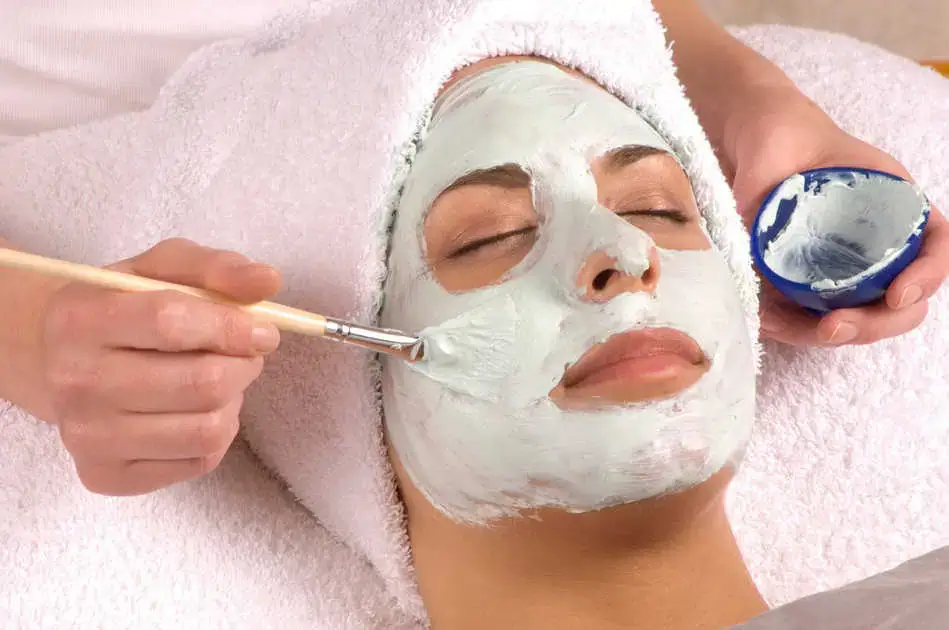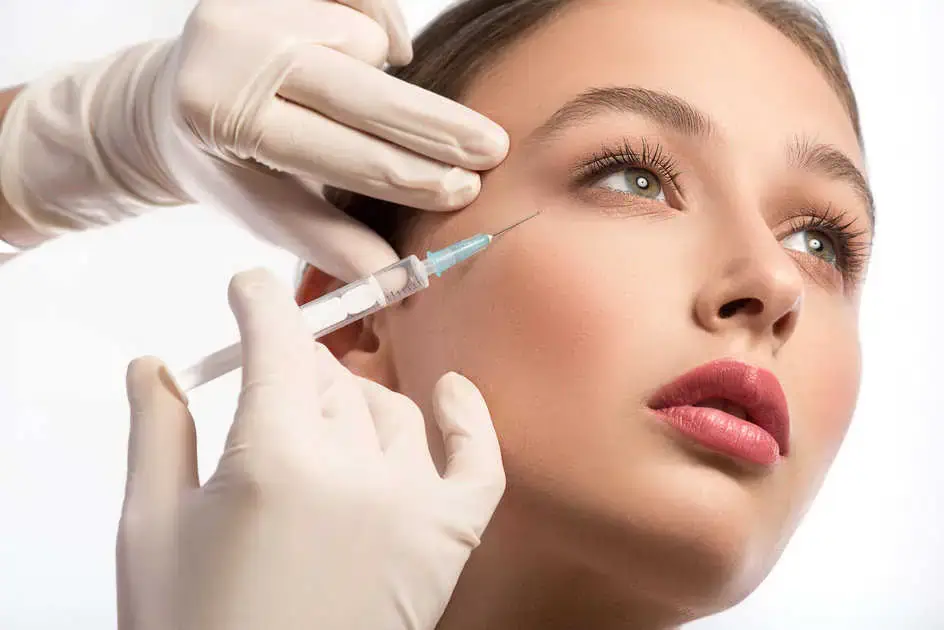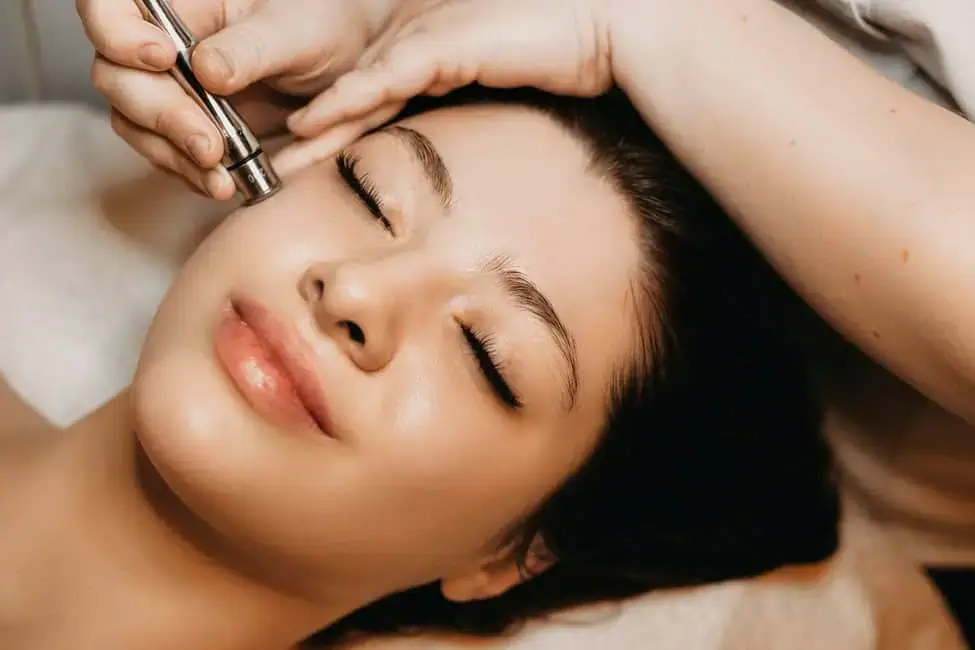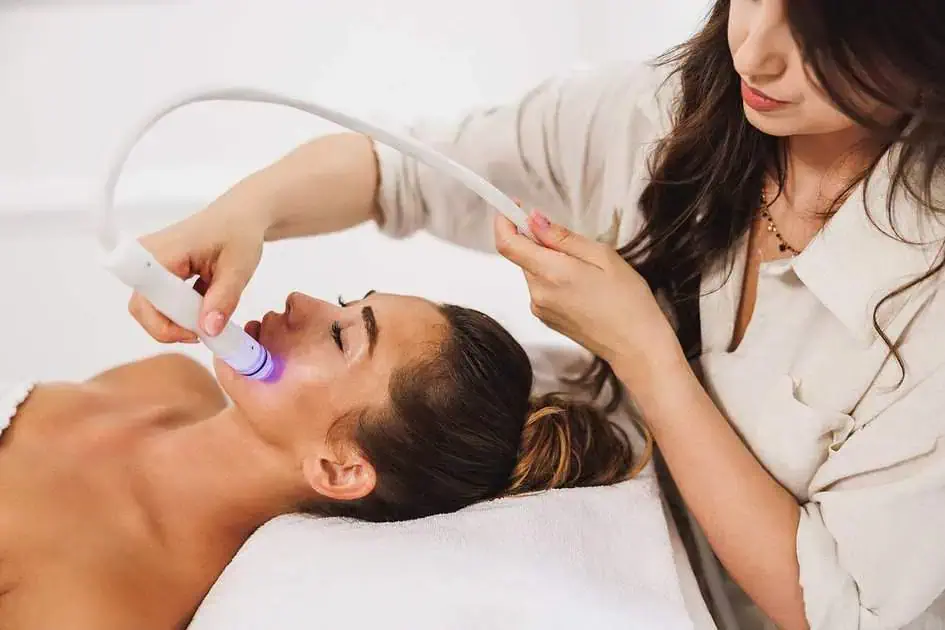Table of Contents

Introduction
Hair fall can be a frustrating and demoralizing experience, causing a great deal of stress and anxiety for those affected. As a result, many people turn to various treatments and therapies in hopes of regaining their luscious locks. One such treatment that has gained popularity in recent years is Platelet-Rich Plasma (PRP) therapy. PRP therapy involves injecting a patient’s own blood, which has been processed to contain a concentrated amount of platelets, into the scalp to promote hair growth. While the idea of using one’s own blood to encourage hair growth may seem strange, studies have shown promising results for its effectiveness. But with so many treatments available, is PRP therapy really worth considering? In this blog post, we’ll delve into the science behind PRP therapy and explore whether it truly lives up to its claims as an effective treatment for hair fall control.
Non-Surgical Hair Restoration
Hair loss affects millions of people in the world and can have a significant impact on self-esteem and confidence. While surgical hair restoration procedures have been around for years, not everyone is willing or able to undergo invasive surgery. Non-surgical hair restoration has become an increasingly popular alternative, offering a range of options that are less invasive and more affordable.
Non-surgical hair restoration methods include PRP therapy, topical exosomes, and Nutrafol supplements. These treatments are designed to stimulate natural hair growth and slow down or even reverse hair loss. They are an effective and safe alternative to surgical procedures and can be customized to meet each patient’s unique needs.
How does non-surgical hair restoration work? PRP and exosomes are both non-surgical hair restoration methods that work by stimulating the body’s natural hair growth. PRP involves extracting a small amount of blood from the patient and then processing it to concentrate the platelets. The concentrated platelets are then injected into the scalp to stimulate hair growth and slow down hair loss. Exosomes, on the other hand, are tiny vesicles secreted by cells that contain proteins and other molecules that can stimulate hair growth.
Nutrafol supplements are oral supplements designed to target the root cause of compromised hair health. It contains a range of vitamins, minerals, and other natural ingredients that work together to improve hair health and stimulate natural hair growth.
PRP/Exosomes (What it is, What it does, Why you’ll love it):
PRP and exosomes are two of the most popular non-surgical hair restoration methods. PRP is a concentrated form of platelets that are injected into the scalp to stimulate hair growth and slow down hair loss. Exosomes are tiny vesicles that contain proteins and other molecules that can stimulate hair growth by transferring these molecules to the cells in the scalp.
Why you’ll love it:
PRP and exosomes are natural treatments that do not involve any synthetic or chemical treatments. They are safe, and effective, and have been proven to help slow down hair loss and stimulate new hair growth. These non-surgical methods are great options for those who want to improve their hair health without resorting to invasive procedures.
Common questions about non-surgical hair restoration:
Patients often ask how many treatments they will need to achieve results. Every patient is different, but we typically start with three sessions, four weeks apart, and reassess from there. Patients may need yearly treatments to maintain their results.
Another common question is whether a patient is a candidate for non-surgical hair restoration. The only way to determine if you are a candidate is to consult with a hair restoration specialist who can evaluate your hair loss and determine if you are a candidate for the procedure.
Patients often ask which non-surgical hair restoration method is right for them. The best non-surgical hair restoration method for each patient depends on their individual needs and goals. During a consultation, our hair restoration specialist will evaluate your hair loss and recommend the best treatment option for you.
The Benefits and Risks of PRP for Hair Loss
Platelet-rich plasma (PRP) has recently gained popularity as a non-surgical hair restoration treatment. While there are some potential benefits to using PRP for hair loss, it’s also important to understand the risks.
Benefits of PRP for hair loss
Natural Treatment:
PRP uses a patient’s blood, making it a natural and safe treatment option.
Effective Results:
PRP effectively stimulates hair growth and slows hair loss.
Non-Invasive:
Unlike surgical hair restoration methods, PRP is a non-invasive procedure that does not require any incisions.
Short Recovery Time:
PRP has a quick recovery time, and patients can typically return to normal activities immediately after the procedure.
Risks of PRP for hair loss
Limited Scientific Evidence:
While there are promising studies on the effectiveness of PRP for hair loss, there still needs to be more scientific evidence to support its long-term efficacy.
Cost: PRP can be an expensive treatment option and may require multiple sessions to see the desired results.
Discomfort: Some patients may experience discomfort during the PRP procedure, which involves injections into the scalp.
Infection: As with any injection-based procedure, there is a risk of infection with PRP.
The Process of PRP for Hair Loss Treatment
The process of PRP for hair loss treatment typically involves the following steps:
- Consultation: Before the procedure, the patient will consult a qualified hair restoration specialist to evaluate their hair loss and determine if they are a good candidate for PRP.
- Blood Draw: During the PRP procedure, the patient’s blood will be drawn and placed in a centrifuge to separate the platelet-rich plasma from the other components of the blood.
- Preparation of PRP: The platelet-rich plasma will be prepared and activated before injected into the patient’s scalp.
- Injection: The activated PRP will be injected into the patient’s scalp at hair loss or thinning areas.
- Post-Treatment Care: After the PRP procedure, patients will be given instructions on how to care for their scalp and hair, including avoiding washing or styling their hair after the procedure.
- Follow-Up: Patients typically have follow-up appointments to monitor their progress and determine if additional treatments are necessary.
The entire PRP process can take 30 minutes to an hour, depending on the patient’s needs. While some patients may experience minor discomfort during the injection process, PRP is a relatively painless and non-invasive procedure with minimal downtime.
It’s important to note that while PRP can be an effective treatment option for some patients, it’s not a one-size-fits-all solution for hair loss. Patients should consult a qualified hair restoration specialist to determine if PRP is the right treatment option for their needs and goals.
Conclusion
In conclusion, non-surgical hair restoration can be effective for those experiencing hair loss or thinning hair. PRP, exosomes, and Nutrafol are safe and natural treatments that help slow down hair loss and promote new growth. With proper evaluation and treatment by our hair restoration specialists at SavvyDerm Skin Clinic LLC, patients can achieve optimal results and improve their overall hair health.
If you are experiencing hair loss or thinning hair, don’t hesitate to contact us at SavvyDerm. We can provide a personalized evaluation and recommend the best treatment for your unique needs. Contact us today to schedule a consultation and take the first step towards restoring your hair health.







